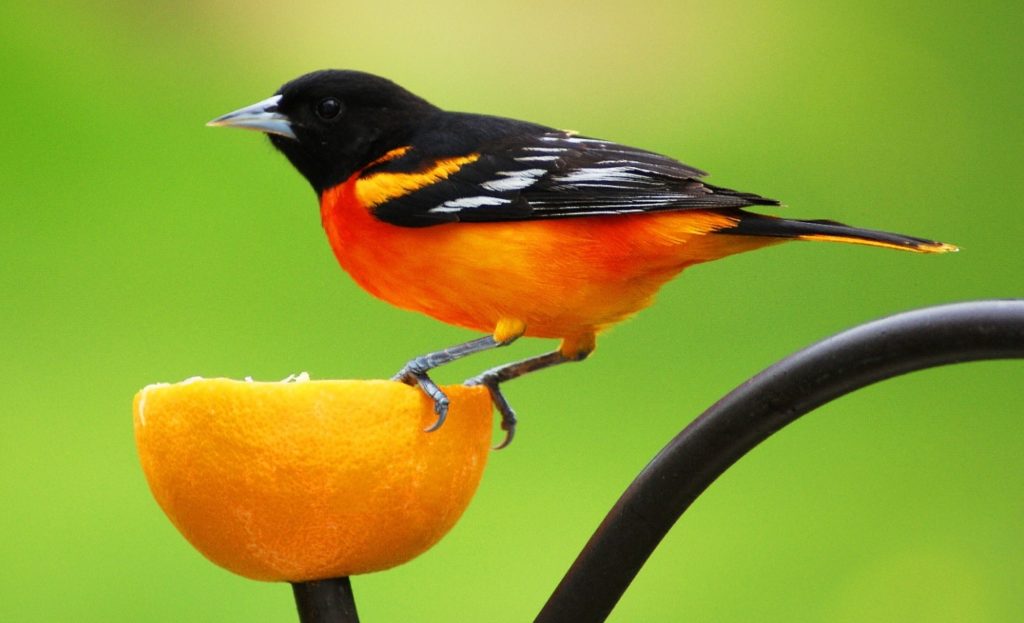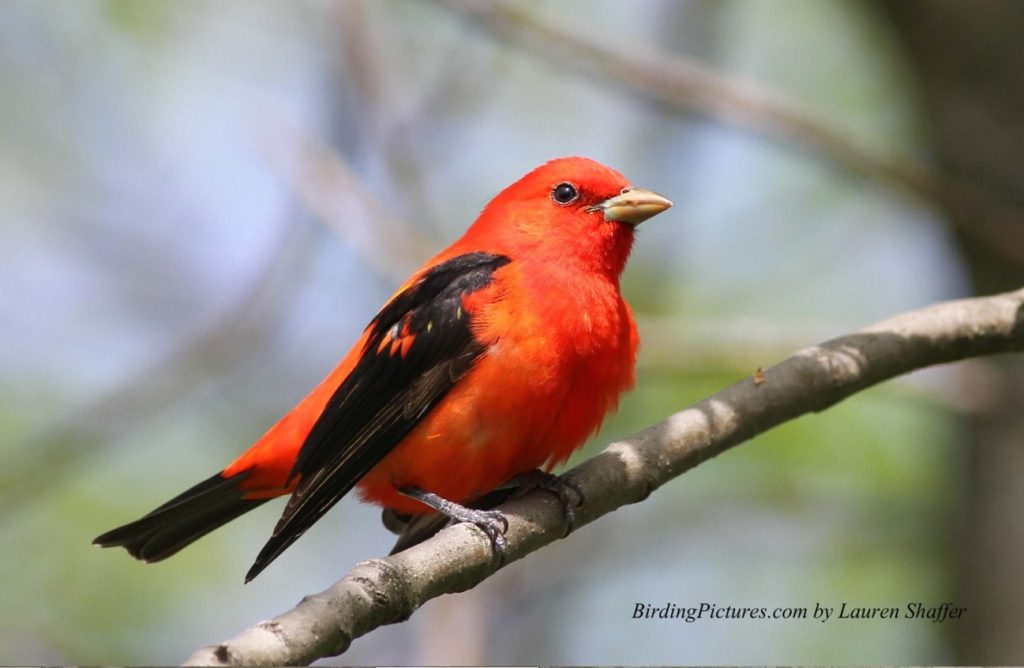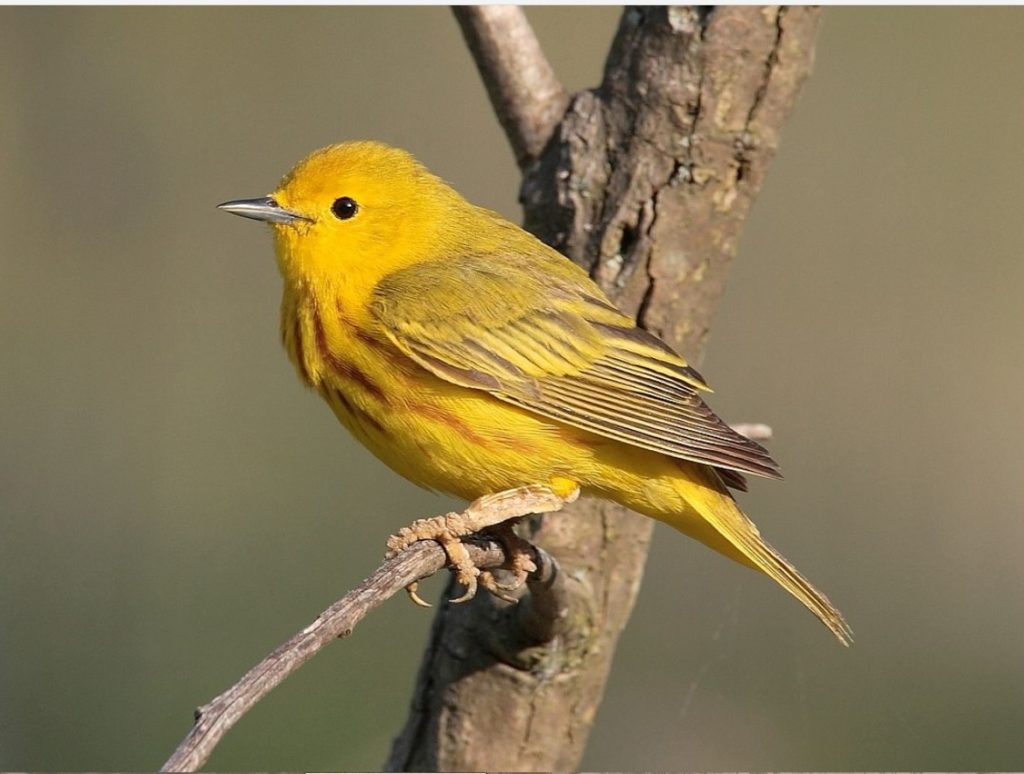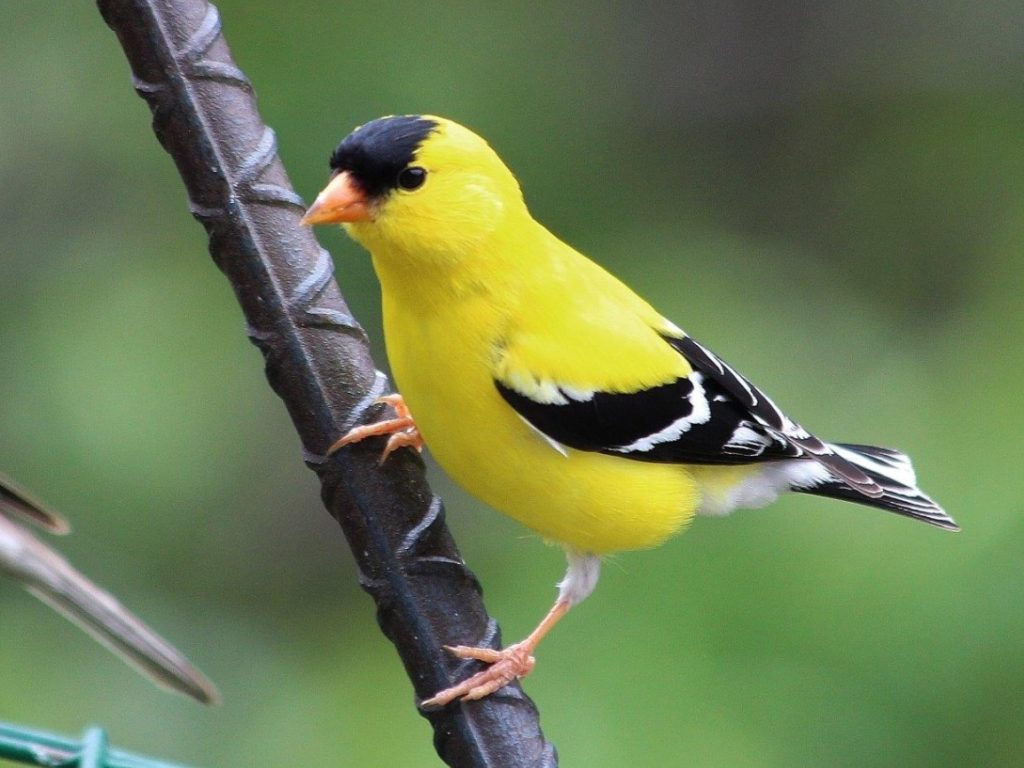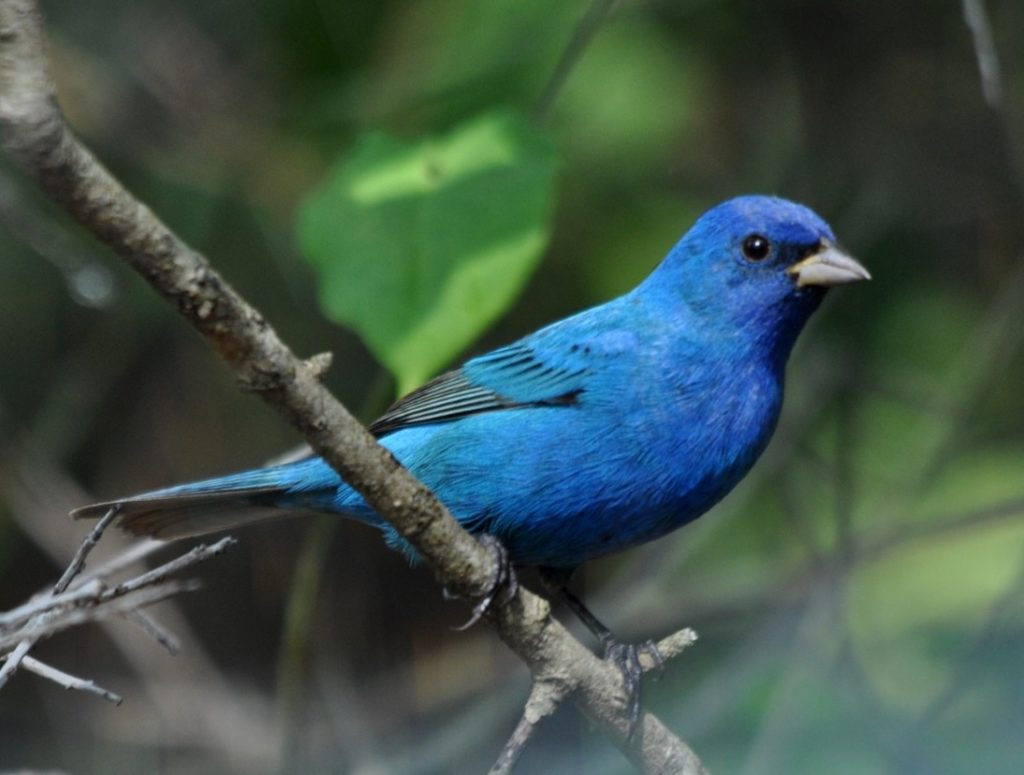Posts Tagged → birds
The boys of summer
In 1984, which was the best decade since 1884, Don Henley wrote a fabulous song called “The Boys of Summer.” The song is about teenage and early twenties summertime love, amidst the sunny outdoor environment in which so many American teens ONCE spent their summers, either as lifeguards, or as laborers, learning how to work. Socializing after working hours, the kids would sit around beach campfires showing off their deep tans, their touseled hair, their fit bodies, talking, sharing, competing, loving, opening up, becoming friends.
The song is about how the end of summer is coming, and how it arrives, and the singer just wants the girl to know that he loved her then and will love her again, even after the boys of summer have gone home, back to school.
So evocative is the music and the lyrics of this song, you can play it and immediately bring a room full of fifty-somethings to a standstill, as each person stops mid-sentence, mid-thought, mid-action, and immediately drifts back to fond summertime memories from their youth. There they will sit, as if frozen, deep in the best of memories, until the song ends. Doubt me? Here – listen to this song, and then report back on how the song affected you.
And so it is with me now, as I watch the boys of summer in the mountains, the fields, the back yards. No, these are not human boys. These are bird boys, specifically the male neo-tropical migrants who flew here, to central and northcentral Pennsylvania, from Venezuela, Costa Rica, southern Mexico and Guatemala, southern Florida, and other tropical places.
These migratory tropical birds have been migrating northward since the end of the last ice age about 10,000 years ago. And they probably migrated during the prior ice ages, too, only retreating from the repeated massive ice fields over 100,000 years, and then, as now, following the glacial retreat northward.
Some birds go as far as the Arctic Circle, nesting on cliffs and on tundra, where they compete, entice, mate, lay eggs, and hatch chicks before heading far back south to raise their young chicks into mature members of their own species. While most of this migratory behavior has to do with finding food and comfortable environmental conditions, it is nonetheless a magical time. When you see it, you can feel God’s presence with your eyeballs.
What my own boys of summer song is about, in my head, is how I already miss the springtime displays put on by the male members of these migratory songbirds. They are so impossibly vibrantly colorful, they look like little jewels in flight. Bright reds, yellows, blues, purples, greens, they are most incredible variety of natural creation. Who could create such a beautiful and tiny creature? And why, if not for our own viewing pleasure?
Almost every spring time Saturday will find me sitting on the front porch, bird book and binoculars in hand, a Thermos of coffee to my right, watching the incredible display that happens in swoops, rushes, ground-level and tree-top height courtship displays, and brief landings. One particular morning this spring I was sitting at a second floor window and saw a scarlet tanager, an indigo bunting, and a variety of yellow-to-golden birdies (warblers as well as multiple male goldfinches in one small space) all in the same immediate area. It was a huge visual delight. Magic, really.
And so as summer settled in, these colorful animals retreated to their own hidden responsibilities of feeding the chicks they had hatched, teaching them to fly and to eat, and then perhaps having another clutch or two. Depending upon how many of the first clutch were eaten by bluejays and crows.
I miss the spring time display of these songbirds, mostly the more-colorful males. A scarlet tanager or Baltimore oriole in a tree top is reminder of how beautiful the world really is, even though bad people in our cities have managed to make it as ugly as sin.
I miss my boys of summer.
Downton Abbey’s “field sports” Part II
Guess I shot from the hip, shot first and asked questions later, didn’t identify my target too well, or another euphemism you may enjoy applying to the lack of foresight I brought to yesterday’s analysis of Downton Abbey’s field sports.
Yes, I could have sneaked a peak ahead of the coming scenes, like many other avid watchers of PBS’s hit show do, but because I lack the time and the inclination to sneak anything, I just sat down in my easy chair and watched the show unfold last night without advance knowledge of its content.
My Sunday afternoon essay about the mediocre depiction of the field sports of Downton Abbey was written beforehand.
So, yes, there was a shooting scene last night, or more accurately, some scenes of wing shooting at driven partridge from bona fide shooting butts, using authentic guns and nice clothes, woven in and out of the story about the Scottish castle party.
But once again, there was more focus on the clothes on the people holding the guns than on the Purdeys, Rigbys, and other Best-quality side-by-side shotguns being used to down the birds.
In 1924, $150,000-then-equivalent Purdey shotguns do not get left with the menial help in the kitchen. They are fussed and obsessed over by their owners, kept locked in their rooms, cased with abundant hand-made accoutrements, labeled beautifully by their makers, and often proudly handed down from generation to generation and worn with traditional hunting clothes.
Scottish castles are loaded with arms and armor, and we barely got a peak at the edged weapons welcoming guests through the front door.
The wagons taking the hunters to the field were right, and a nice touch. I have ridden in such wagons on traditional hunts, and they are today an unnecessary throwback. But back then, they were a necessity through muck and muddy moors.
Shooting driven partridge from the butts was mostly done right, with gun loaders ducking to avoid being seen by the birds, and we did see some people bunched up waving white flags, but a real drive could have been filmed for full authenticity. Actual dead birds could have fallen. Smoke could have emitted from the barrels. Etc etc.
Depicting the shooting sports in so briefly and so shallow a manner is the equivalent of dressing Lady Mary in a perfect 1920s top with modern hip-hugger blue jeans below. It is just wrong. Don’t do that!
A lot of non sequiturs occurred last night that really deprive the Downton Abbey audience of a full appreciation of the English field sport lifestyle, which actually reached its pinnacle in the 1920s (when cheap skilled labor was matched with newly superior steel and modern technology to create firearms that even today still command huge sums of money, not to mention the introduction and propagation of Asian pheasants to the English countryside), the time we are watching in the show.
I am sorry to criticize you, Julian Fellowes, because Downton Abbey is otherwise a great show, everything we want it to be.
Last night was disappointing, because the rich details of noble Scottish and English hunting rites should have been indulged. As a student of English history, you are missing a great, even important opportunity here to dig into a meaty subject which your audience will surely enjoy, even if it involves G-U-N-S.
Maybe in January 2016 we will get a more thorough treatment of a subject that may be missing from Mr. Fellowes’ life today, but which was a nearly daily ritual for the actual residents of Downton Abbey and their peers in the 1920s.
Happy Spring!
Who can resist joining the chirping happy birds now scampering and flitting across our lawns in search of worms, nesting materials, and mates?
The sun is up, the skies are blue, the smell of spring is on the breeze, the leaves are unfolding…
Spring is finally here. Chirp chirp!
